|
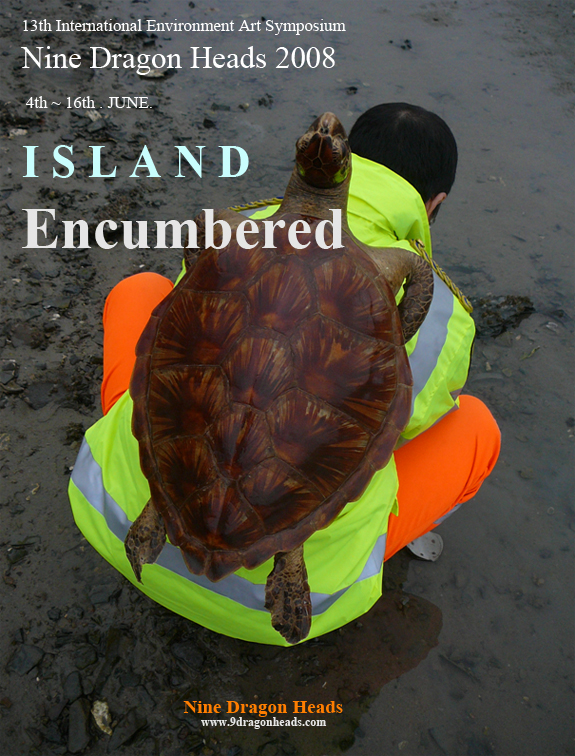
|
|
Outdoor
Symposium
|
Period : 4th ~ 9th. JUNE
|
Venue : Jeju Island
www.jejueco.com
|
Participation : For all artists who participating in Nine Dragon Heads 2008
|
Art Works : Nature Art and
Environment Art are most suitable for this event.
|
Artists responsible for their own installation, and can choose the
working area freely
|
Materials : Natural Materials
must be used, for example Soil, Wood, Branches
|
Stones, Grass. If you feel you need chemical materials for
your concept please
|
discuss whether this will be acceptable before you begin your
work.
|
Indoor
Symposium
|
Period : 10th ~ 16th. APRIL ( Open : 10th.
PM 6:00 )
|
Venue : Cheongju Art Studio www.cjartstudio.com
|
Participation Visual Art (
Installation, Objects, Video Art…etc )
|
For all artists who participating in
Nine Dragon Heads 2008
|
Artists responsible for bringing suitable work and setting up
|
their own work, also you can make an art work or
installation
|
directly in exhibition hall during period
|
If you would like to work that way
|
please send your concept by @mail beforehand
|
Performance
Art
|
Period : 10th PM 7:00~
|
Venue : Cheongju Art Studio
|
Participation : Artists who were
invited for Performance and who wish to participate
|
Available
Equipment : Audio & Sound, Beam-Projector, Light
|
Conference
|
Period : 10th PM 3:00~
|
Venue : Cheongju Art Studio
|
Artist Talk : Open to anybody who
wishes to introduce their works
|
Available
Equipment : Inter-net, Beam-Projector …etc
|
Neo
Nomadic Party & Culture Survey
|
Neo-Nomadic Party is one of the concept of Nine Dragon Heads.
|
Each Artist brings Wine or Liqueur, Cheese, Sweet etc.
|
that is a speciality from their country and we will have party
during on Nine Dragon Heads
|
Culture Survey will be held 14th ~15th
|
Survey for participating Artists from other countries who will
gain understanding of Korean
|
identity from Cultural Aesthetics. The survey will visit the Temple, Museum, Insadong,
|
|
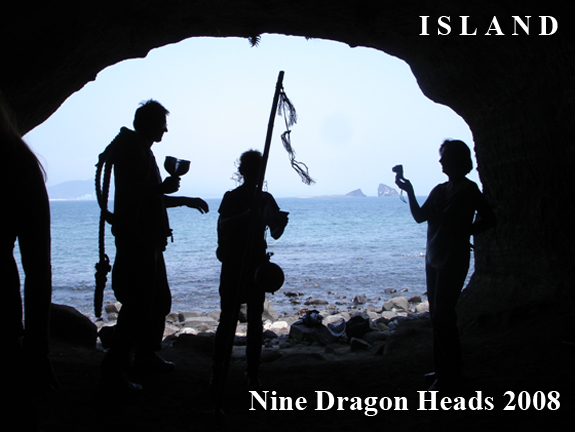
|
|
|
|
Venue : Jeju Island
– Songhaksan , Chaguido, Sanbangsan, etc..
|
Period : 4th ~ 9th
|
Participated Artist List
|
Alois Schild (Austria), Ali Bramwell (New Zealand). Christophe Doucet (France),
|
Denizhan Ozer (Turkey). Gordanna
Andjelic Galic ( Bosnia & Hercegovina )
|
Kazunori Kitazawa ( Japan ), Susanne Muller (Swiss ), Suzanne Bartos
( Australia
)
|
Lee Seung Taek (Korea), Kam Yeonhee(Korea),
Park Byoung uk(Korea).Shin Yonggu (Korea)
|
Event
|
Nature &
Environment Survey
|
Outdoor
Symposium
|
Performance
|
Conference
|
|
|
|
Introduction
|
|
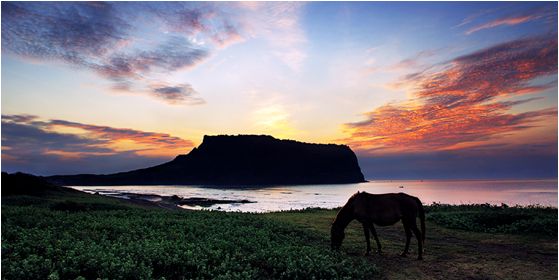
|
|
Jeju Island (formerly transliterated as Cheju Island)
is a volcanic island situated off the southern coast of the Korean Peninsula
in the eastern margin of the Asian continent (Fig. 1). The island was produced
by volcanic activity which occurred from about two million years ago until
historic time. The island is 73㎞ long in
the east-west direction and 31㎞ long in
the north-south direction, having an area of 1,847 ㎢. Constructed upon the about 100 m deep continental
shelf in the Yellow Sea, the actual size of
the volcano is presumed to be larger than this when including the submerged
part. The island has the typical morphology of a shield volcano, characterized
by an overall gentle topography and an elliptical shape in plan elongated in
the ENE direction (Fig. 2).
Basaltic to trachytic lavas occur extensively on the island together with
diverse volcanic landforms, including Mt. Hallasan
that rises 1,950 m above sea level at the center of the island and about 360
volcanic cones that are scattered throughout the island (Park et al., 1998;
Park et al., 2000a; Park et al., 2000b; Park et al., 2000c). On the other hand,
numerous hydromagmatic volcanoes (tuff rings and tuff cones) produced by
explosive hydrovolcanic activity occur extensively in the subsurface together
with intervening volcaniclastic sedimentary deposits (Sohn & Park, 2004;
Sohn et al., 2008). This is because the volcanic activity of the island
commenced in the continental shelf of the Yellow Sea
where abundant water for hydrovolcanic explosions was available. Composed of an
early-stage product of hydrovolcanism and a late-stage product of lava
effusion, Jeju Island can be defined as a "shelfal
shield volcano", distinguished from ordinary shield volcanoes that were
built entirely on land in the middle of a continent or oceanic volcanic islands
built on the deep ocean floors. In this respect, Jeju Island
has significant geological importance.
Mt. Hallasan
is the symbol of Jeju Island and a representative product of the Quaternary
volcanism in the Korean
Peninsula and adjacent
seas. Mt. Hallasan was designated as a natural
monument (no. 182) in 1966 and a national park in 1970 because the mountain
preserves the pristine morphology of a shield volcano unaffected by significant
weathering or erosion. The mountain has been protected from human activity
since then and is renowned for its unique ecology and biodiversity. The
mountain could be thus designated as a UNESCO Biosphere Reserve in 2002. The
Seongsan Ilchulbong is a beautiful tuff cone (Sohn & Chough, 1992), which
stands for the early-stage hydrovolcanism of Jeju
Island and represents the about 360
volcanic cones or "oreums" (Jeju dialect for volcanic cones) in Jeju Island.
The tuff cone is renowned for its breathtaking beauty and scientific value. The
Geomunoreum lava tube system is a representative product of the lava effusion,
which occurred mostly during the late-stage of Jeju volcanism. The lava tube
system is regarded as one of the extremely rare examples of lava tubes that
have diverse carbonate speleothems in addition to volcanic speleothems.
The extreme beauty and unsurpassed scientific values of these three sites were
acknowledged internationally when they were inscribed as a UNESCO World Natural
Heritage in June 2007. Jeju
Island boasts diverse
volcanic landforms and volcanic features in addition to these three sites. The
island also boasts outstanding scenery and unique culture and history, making
it worth visiting at least once in one's lifetime.
|
|
Geology and Evolution of Jeju
Island |
|
Jeju Island is a Quaternary shield volcano constructed on
the c. 100-m-deep continental shelf off the southern coast of the Korean Peninsula
in the Yellow Sea (Figs. 1 & 2). The
island is composed of basaltic to trachytic lavas and numerous volcanic cones
(Fig. 3, Park et al., 1998; Park et al., 2000a; Park et al., 2000b). These
volcanic rocks were formerly assumed to have originated from plume-related hotspot
magmatism (Lee, 1982; Park, 1994), but recent studies suggest that they more
likely resulted from decompression melting of the shallow asthenosphere in
response to dramatic changes in regional stress regime during the late Cenozoic
(Choi et al., 2005; Choi et al., 2006).
Compilation of the borehole data from more than a thousand groundwater bores
(Koh, 1997; Sohn & Park, 2004; Sohn et al., 2008) reveals that the basement
of Jeju Island is composed of granite and
silicic volcanic rocks of Jurassic to Cretaceous age (Fig. 4). The overlying U
Formation is 70 to 250 m thick and composed of well-sorted, quartzose sand and
mud (Koh, 1997). This formation is interpreted as continental shelf sediments
that accumulated during the Pliocene before the onset of volcanism at Jeju
(Sohn & Park, 2004). The U Formation is overlain by about 100 meters of
basaltic volcaniclastic and fossiliferous deposits. These deposits are
interpreted to be correlative with the Seogwipo Formation, which is exposed
only in the south-central part of Jeju
Island (Yoon &
Chough, 2006). A number of paleontologic, paleomagnetic, stable isotopic, and
geochronologic studies (Tamanyu, 1990; Lee et al., 1994; Yi et al., 1998; Li et
al., 1999; Kim et al., 2000; Kim & Lee, 2000; Kim et al., 2001; Kang, 2003)
reveal that deposition of the formation began at about 1.8 Ma and continued
until c. 0.8-0.4 M
Recent research (Sohn et al., 2008) reveals that the Seogwipo Formation in the
subsurface consists of numerous superposed phreatomagmatic volcanoes intercalated
with marine or nonmarine, volcaniclastic or non-volcaniclastic deposits with
intervening erosion surfaces and palaeosol layers (Fig. 4). The widespread and
continual hydrovolcanic activity together with volcaniclastic sedimentation, as
represented by the Seogwipo Formation, is thus inferred to have persisted for
more than a million years (from ca. 1.8 Ma to 0.8~0.4 Ma) under the influence
of fluctuating Quaternary sea levels.
Thereafter, the proto-Jeju Island is inferred to have grown up above the
fluctuating Quaternary sea levels and lava effusion became dominant, resulting
in the plateau- and shield-forming lavas of Jeju Island
together with numerous volcanic cones. The K-Ar ages of these lavas range
generally between 0.8 and 0.03 Ma (Tamanyu, 1990; Lee et al., 1994), suggesting
that the construction of Jeju
Island was almost
completed just before the Holocene. After the last glacial maximum 18,000 years
ago and during the middle Holocene when the coastal regions of Jeju Island
became suitable for hydroexplosions, explosive hydrovolcanic eruptions occurred
at several places along the present shoreline. These Late Pleistocene to
Holocene hydrovolcanic eruptions resulted in several tuff rings and tuff cones
with fresh morphology, including the Suwolbong, Songaksan, Ilchulbong, and Udo
tuff rings/cones (Sohn & Chough, 1989; Chough & Sohn, 1990; 1992;
1993). There are also historic records of minor eruptions afterwards about one
thousand years ago, although it is uncertain where these eruptions occurred. There
are more than 300 volcanic cones in Jeju
Island. Most of them are
scoria cones except for about a dozen phreatomagmatic volcanoes. The latter can
be divided into two groups depending on stratigraphy (Fig. 4): those that
underlie the plateau-forming lavas and those that overlie the lavas (Sohn &
Park, 2005). The younger ones include Suwolbong, Songaksan, Ilchulbong, and Udo
tuff rings/cones. The older ones include the Dangsanbong, Dansan, and Yongmeori
tuff ring/cone complexes. The latter protrude through the later plateau-forming
lavas mostly in the southwestern part of Jeju Island where the altitude is low
and the overlying lavas are relatively thin (50 to 60 m; Koh 1997).
|
|
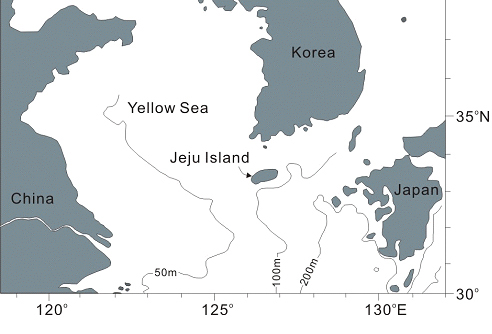
|
|
[Fig. 1] Jeju
Island is a Quaternary
shield volcano constructed on the sea. 100-m-deep continental shelf off the
southern coast of the Korean Peninsula in the Yellow Sea
|
|
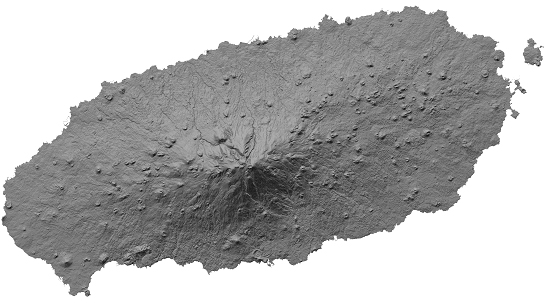
|
|
[Fig. 2]
|
|
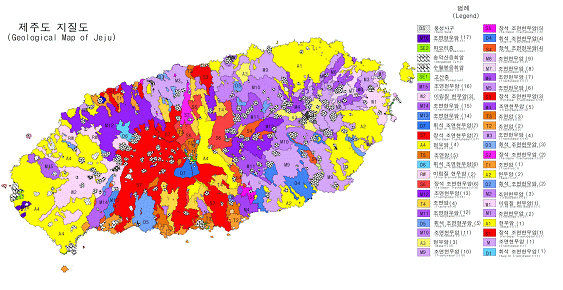
|
|
[Fig. 3] Geological Map of Jeju
|
|
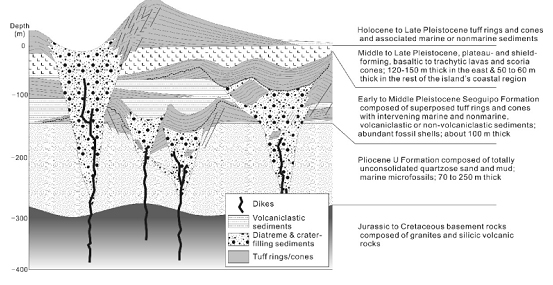
|
|
[Fig. 4] The basement of Jeju Island
is composed of granite and silicic volcanic rocks of Jurassic to Cretaceous
age
|
|
Inscription Procedure |
|
"Jeju Volcanic
Island and Lava
Tubes" was inscribed as a World Natural Heritage by UNESCO at the 31st
World Heritage Convention on June 27, 2007. This is the first World Natural
Heritage inscribed in the Republic
of Korea. The Republic of Korea and the Jeju Self-Governing
Province have tried their best to achieve this inscription since 2001 and it
took 6 years to accomplish this mission.
The Republic of Korea and the Jeju Self-Governing
Province carried out scientific research for 5 years. After compiling all the
necessary information for the nomination, the Republic of Korea and the Jeju
Self-Governing Province submitted the proposal to UNESCO in January, 2006 for
the inscription of three serial sites, Mt. Hallasan, Seongsan Ilchulbong Tuff
Cone and Geomunoreum Lava Tube System (Geomunoreum, Bengdwigul Lava Tube,
Manjanggul Lava Tube, Gimnyeonggul Lava Tube, Yongcheondonggul Lava Tube and
Dangcheomuldonggul Lava Tube). The delegate of the International Union for
Conservation of Nature (IUCN), which is the official organization for
evaluation, visited Jeju
Island in October, 2006
for an on-site evaluation, and the IUCN strongly suggested the inscription of
the Jeju nominated sites.
Twenty one State Parties at the 31st World Heritage Convention, that was held
at Christchurch, New Zealand, inscribed the nominated the "Jeju Volcanic
Island and Lava Tubes" as a World Natural Heritage unanimously.
The inscribed sites cover 18,845 ha, and they include the core and buffer zones
of 9,475 ha and 9,370 ha, respectively.
The IUCN noted that volcanic systems are relatively well represented on the
World Heritage List and that there is an increasingly limited potential for
further inscriptions of volcanic sites on the World Heritage List. The IUCN
also recommended that States Parties considering further nominations of
volcanic sites should consider the principles suggested in section 5.2 of the
IUCN evaluation of Jeju
Volcanic Island
and Lava Tubes.
The IUCN adopted the following statement of Outstanding Universal Value.
|
| Jeju Volcanic Island
and Lava Tubes is a coherent serial property comprising three components. The
unequalled quality of the Geomunoreum lava tube system and the exhibition of
diverse and accessible volcanic features in the other two components
demonstrate a distinctive and important contribution to the understanding of
global volcanism.
Criterion (vii)
The Geomunoreum lava tube system, which is regarded as the finest such cave
system in the world, has an outstanding visual impact even for those
experienced with such phenomena. It
displays the unique spectacle of multi-colored carbonate decorations adorning
the roofs and floors, and dark-colored lava walls, partially covered by a
mural of carbonate deposits. The
fortress-like Seongsan Ilchulbong tuff cone, with its walls rising out of the
ocean, is a dramatic landscape feature, and Mount Hallasan,
with its array of textures and colors through the changing seasons,
waterfalls, display of multi-shaped rock formations and columnar-jointed
cliffs, and the towering summit with its lake-filled crater, further add to
the scenic and aesthetic appeal.
Criterion (viii)
Jeju has a distinctive value as one of the few large shield volcanoes in the
world built over a hot spot on a stationary continental crust plate. It is
distinguished by the Geomunoreum lava tube system, which is the most
impressive and significant series of protected lava tube caves in the world
and includes a spectacular array of secondary carbonate speleothems
(stalactites and other decorations), with an abundance and diversity unknown
elsewhere within a lava cave. The Seongsan Ilchulbong tuff cone has
exceptional exposures of its structural and sedimentological characteristics,
making it a world-class location for understanding Surtseyan-type volcanic
eruptions.
|
|
|
|
Nature & Environment Survey
|
Venue : Chaguido island, Songhaksan. Sanbangsan
|
Period : 4th~9th
|
|
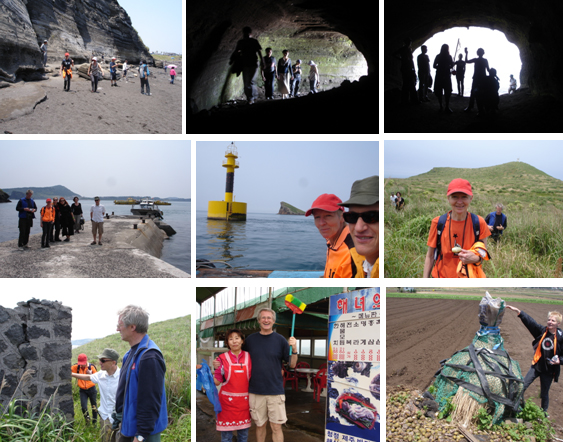
|
|
|
|
Ourdoor Symposium :
|
Venue : Songhaksan, Beach, cave
|
Period : 4th~9th
|
|
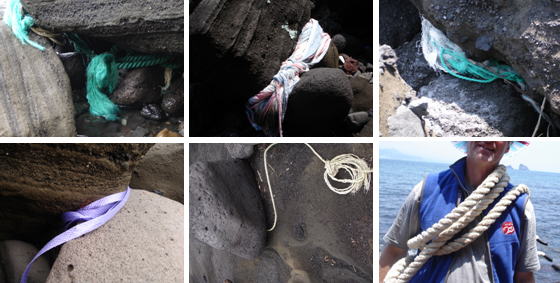
|
|
Park byoung
uk (Korea)
|
|
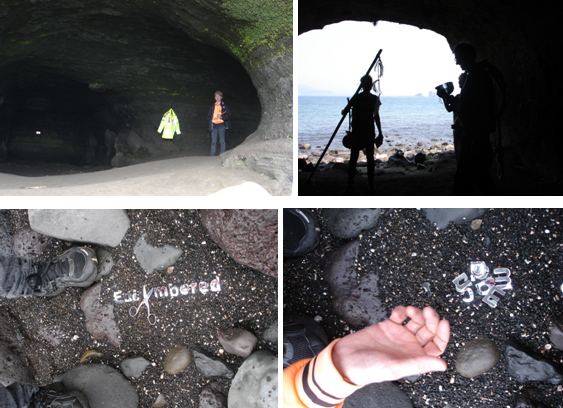
|
|
Susanne
Muller (Swiss )
|
|
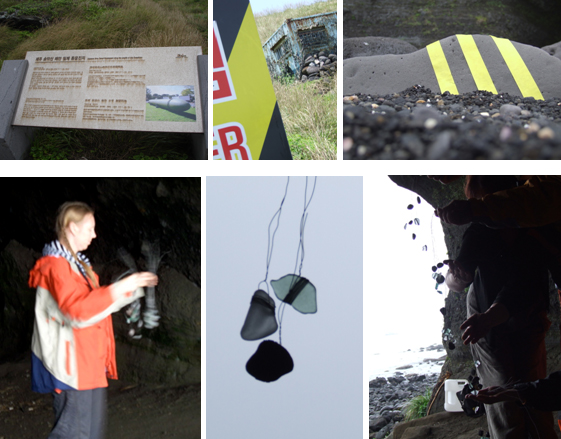
|
|
Ali
Bramwell ( New Zealand
)
|
|
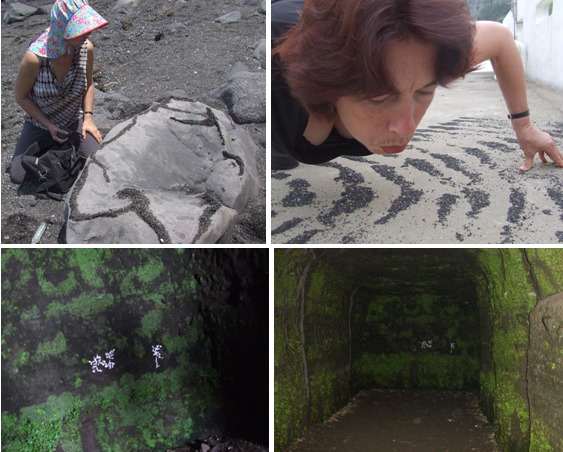
|
|
Suzanne
Bartos (Australia)
|
|
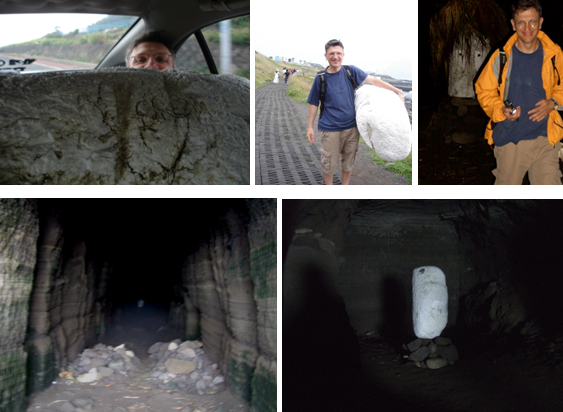
|
|
Christophe
Doucet (france)
|
|
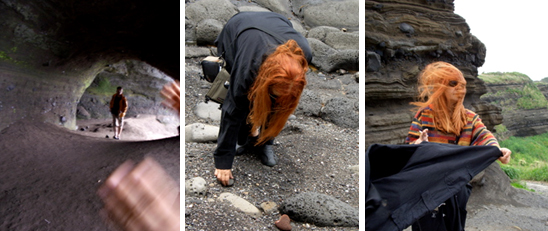
|
|
Gordana
Andjelic Galic (Bosnia & Hercegovina )
|
|
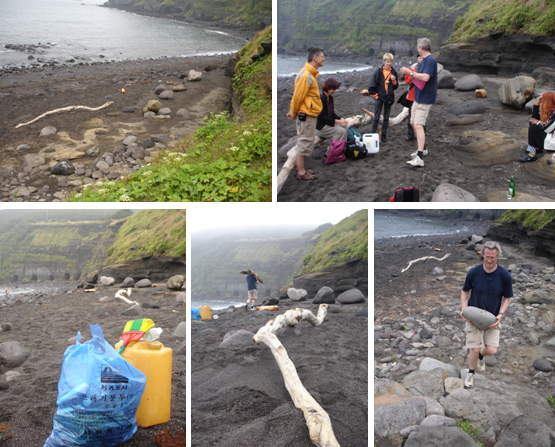
|
|
Alois
Schild ( Austria
)
|
|
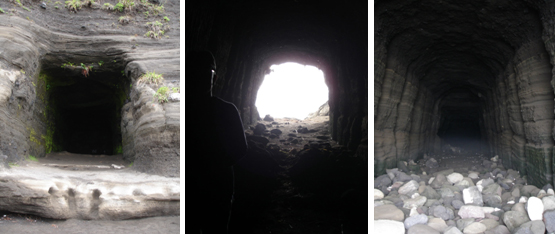
|
|
Kazunori
Kitazawa ( Japan
)
|
|
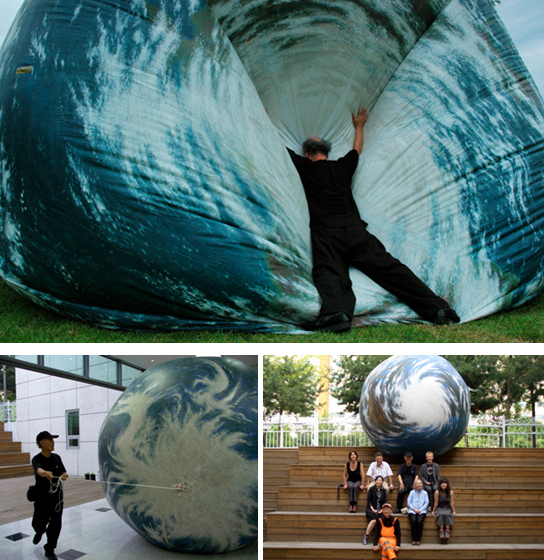
|
|
Lee,
Seung Taek ( Korea)
|
Indoor Symposium
|
Venue : Cheongju Artist Residency ( Studio)
|
Period : 10th~16th
|
|

|
|
Indroduce
: Alois Schild ( Austria ) Introduce : Lee Seung Taek (Korea)
10year
experience of Nine Dragon Heads
Anti-Concept and Non-Materials
|
|
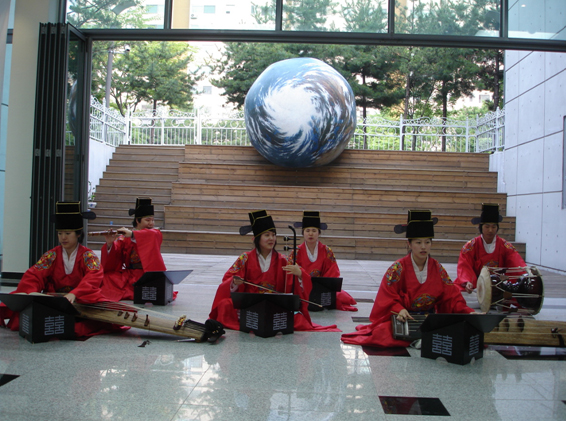
|
|
Opening Music ( Cheongju Korean Ensemble )
|
Venue
: Cheongju Artist Residency
|
|
|
Performance
|
Venue : Cheongju Artist Residency ( Studio) Period : 10th 18:00~
|
|
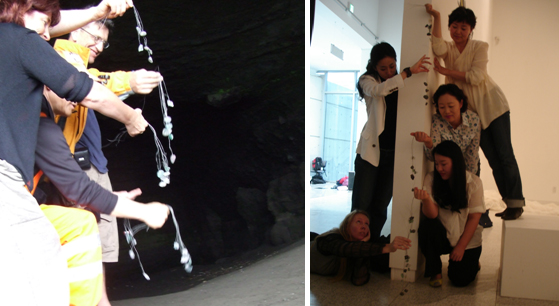
|
|
Ali
Bramwell ( New Zealand ) Title : “ Waterfall “ cheongju art Residency and Chaguido Island
|
|
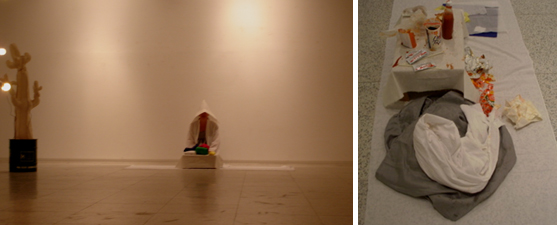
|
|
Gordana
Andjelic Galic ( Bosnia & Herecegovina )
Performance title : Digital Shamann
|
|
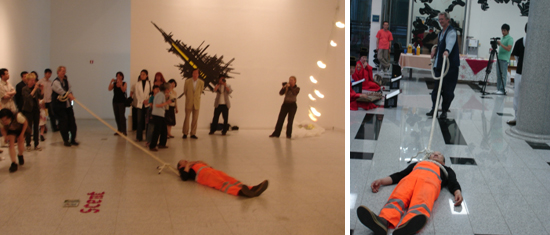
|
|
Alois
Schild ( Austria
) Performance Title : “ Closing Party “
|
Materials Exhibition
|
Venue : Cheongju Artist Residency ( Studio) Period : 10th ~16th
|
|
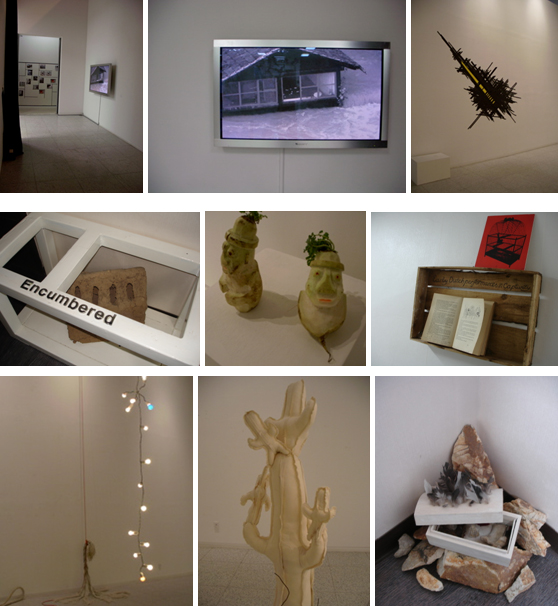
|
|
|






















